The deserts of Namibia: Life and photography on nature's terms
Photographing wildlife in Namibia isn’t easy. It’s fraught with challenges, hardships, setbacks and stress. But the southern African nation’s peaceful landscapes, majestic animals and kindhearted people always make it worth the trouble. A recent two-week trip to Namibia, my third, was plagued by an unending series of mishaps, but it left me with a mountain’s worth of memories and thousands of photographs. When things weren’t going well, I couldn’t help but think of how much easier life is back home in New York. Now that I’ve returned, I can’t help but think about the photographic opportunities that abound in the harsh but beautiful deserts of Namibia.
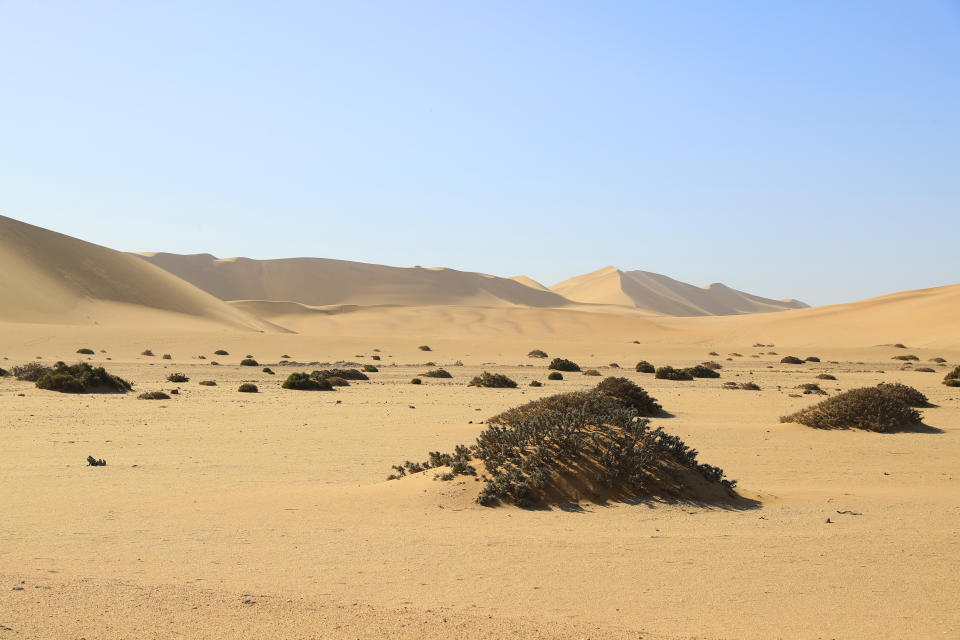
Among the nations of sub-Saharan Africa, Namibia is visited less often by Americans than countries such as South Africa, Kenya and Tanzania. Namibians are more accustomed to travelers from Germany, France, Britain or Belgium and were slightly surprised to learn I had come from the United States. But they always greeted me warmly.
The nation is bordered by Angola to the north, South Africa to the south, the Atlantic Ocean to the west and Botswana to the east. A panhandle in the country’s northeastern corner, called the Caprivi Strip, stretches toward Zambia and Zimbabwe.
All countries have problems, and Namibia has its share of them. There is extreme economic stratification, high crime rates outside gated communities, lingering racial tension and a heartbreaking AIDs epidemic. But, in comparison to neighboring countries, Namibia excels in protecting wildlife: poaching is pretty much nonexistent there.
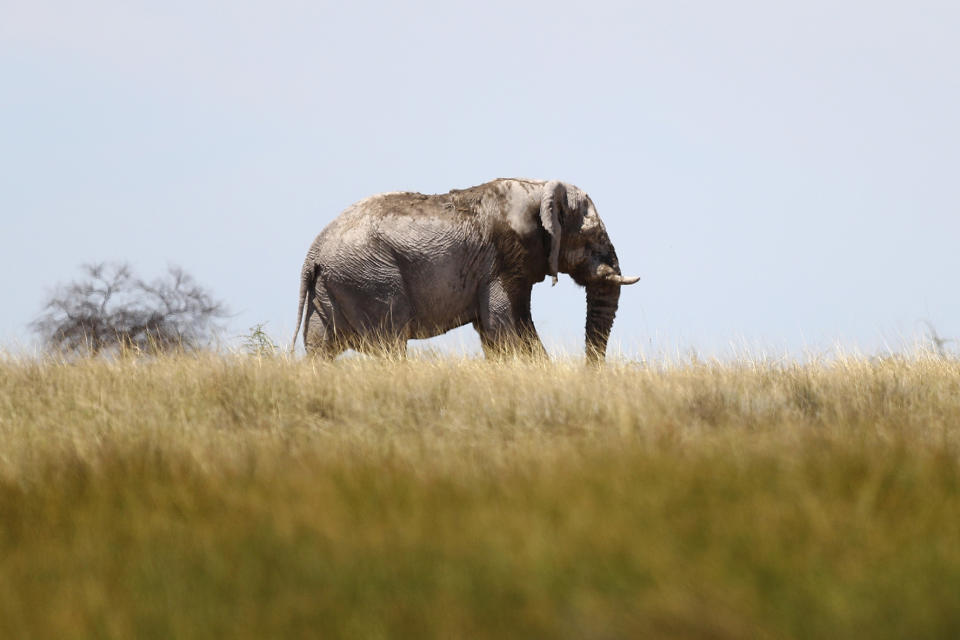
Due to a fear of flying, most of my life and career has been in the United States. But my mentor Bruce Colin’s photographs from his trip to Botswana in 2011 lit a fire inside me to visit Africa myself. I joined him for a photography adventure to Namibia in 2012. The following year, I returned alone. It would be four years before I visited again.
After a 30-hour commute, including a layover in Johannesburg, I landed in Windhoek, the capital city of Namibia, on Dec. 4, 2017, and traveled alone through the mountains and countryside in a rented Toyota 4×4 SUV for about two weeks. Here’s the breakdown of my trip: I stopped by the coastal city of Swakopmund before heading up the Skeleton Coast toward the Palmwag nature reserve, and I traveled extensively within Etosha National Park, staying at four different camps — Dolomite, Okaukuejo, Halali and Namutoni.
I arrived in Swakopmund, an old German colonial town, just before sunset. The cool weather along the Atlantic coast reminded me of the California coast near Monterey, with a massive fog bank floating on and off the shore. The ocean pounded the coastline; the waves were violent, not friendly at all. The streets were coated with wet sand blown from the beach. The homes were quiet and few people walked the streets, with the exception of security guards who watched over gated homes throughout the night.
The paved road leading me up the Skeleton Coast the next morning was slick with sand, mist and fog. To my left was the Atlantic; to my right, a Namibian desert that resembled the surface of the moon. Sailors whose ships ran aground here did not find salvation — just certain death. The Namibian Bushmen, or San people, call the region “the Land God Made in Anger.” I reached Cape Cross, the largest colony of brown fur seals in the world. The putrid smell of dead seals was inescapable.
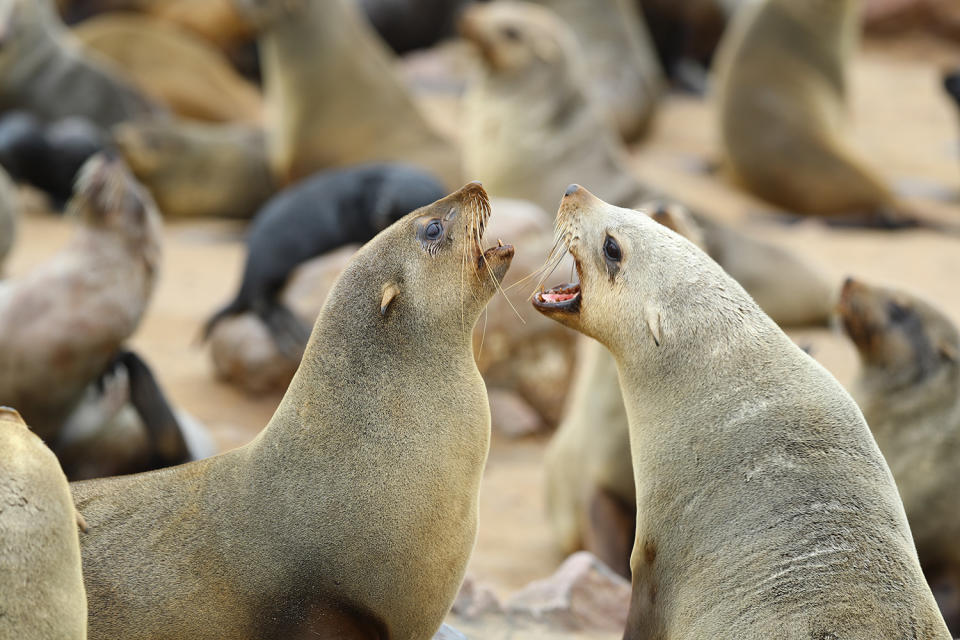
The unpaved road eastward through Skeleton Coast National Park was slow going, with limited photo opportunities. But the landscape slowly transformed from gravel plains into a painted desert of red plateaus and golden-grass plains with verdant trees against blue skies. This is the Africa I dream of at night.
I had to sign an animal attack waiver when I arrived at the lodge in Palmwag, but I didn’t need it. I didn’t encounter many predators in that area — perhaps the oppressive heat kept them at bay — but I had plenty of chances to home in on desert elephants grazing on the vegetation scattered throughout the rocky terrain and dry riverbeds.
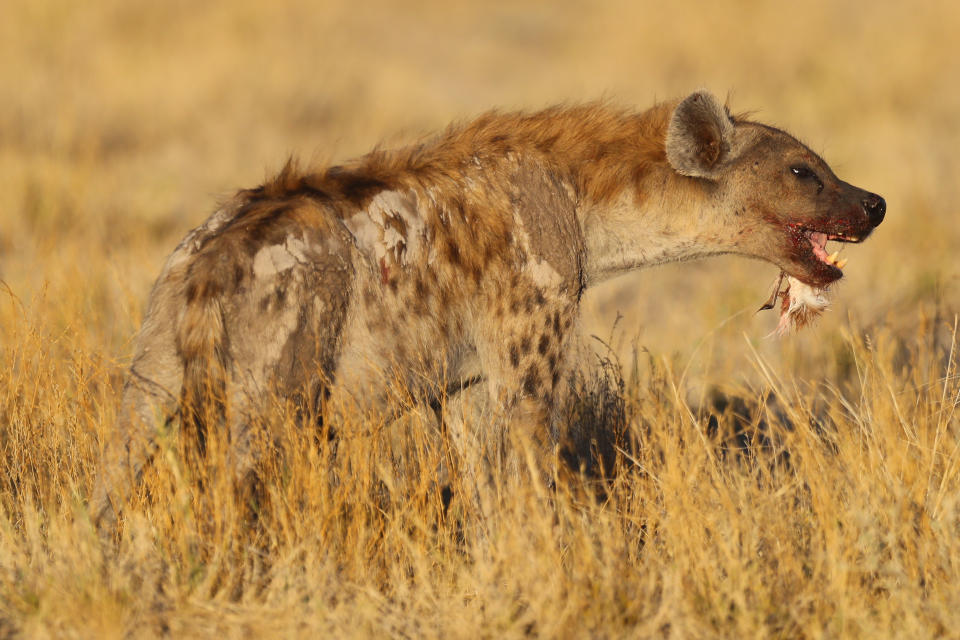
Etosha National Park, where I spent the bulk of my trip, was a different story. Its main gate had been changed, there were new buildings and some of my favorite roads for photography outings — where I had done some of my best work — were now off-limits. Nevertheless, I was treated to countless opportunities to see and capture magnificent African wildlife. Gemsbok, springbok, zebra and giraffes enjoyed long afternoon drinks from concrete basins. Lions stalked their prey, confronted each other in bouts of dominance competition and sought refuge from the blazing sun beneath Africa’s natural canopies. I watched a hyena’s hair turn yellow in the twilight as blood dripped from his face and paws, a rhinoceros bathe in a shallow creek and herds of beautiful creatures emerge from the woods into the open plains: blue wildebeest, kudu, impala, red hartebeest and many others.
There was a particularly powerful moment in Namutoni on a cool, gray morning after a rainy night, when the wind wasn’t rustling the trees and the birds weren’t singing. I spotted three lionesses along the side of the road. One sped across the field low to the ground to capture a baby springbok, which cried out for help. The springbok — one of many varieties of antelope in the region — tried to escape several times, but couldn’t. And the lioness never attempted to eat it. Instead, she treated it as an adopted cub for the rest of the day and growled as other lions tried to interfere. That was a bizarre yet stunning sight to behold and photograph. Later I learned that the lioness was part of a pride that had been taken over by a new male, which had killed her male cubs. She appeared to have adopted the springbok as a substitute for her cub. The other two lionesses were pregnant. Several locals from the camp told me they must have been traumatized by their loss.
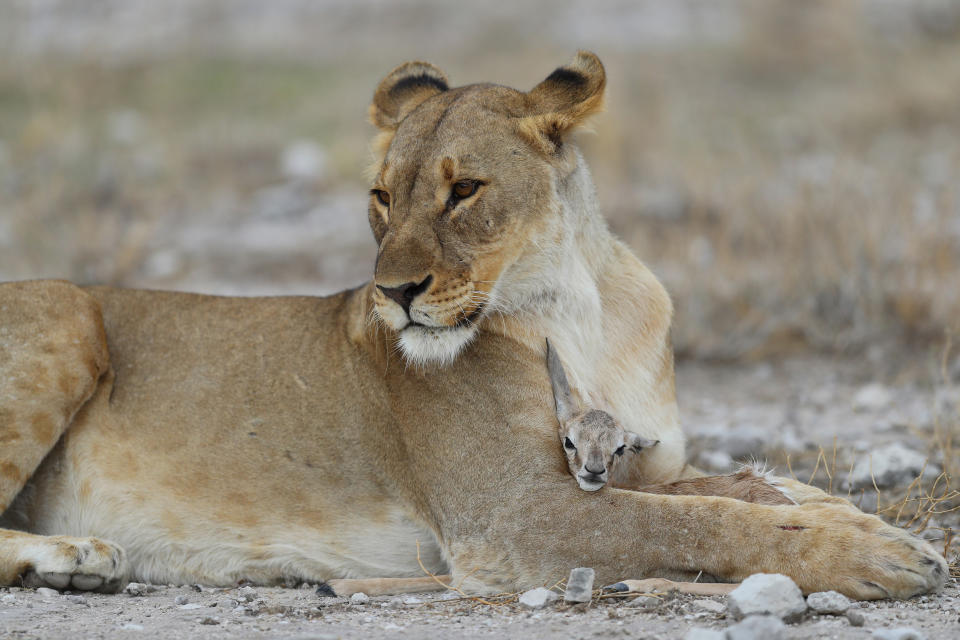
The weather was temperamental. Dry heat gave way to fierce thunderstorms, and temperatures would drop suddenly. In nature, you observe how the movements of wildlife — and yourself — are orchestrated by the sudden shifts of wind, clouds, sun and rain.
My trip was beset by technical problems, red tape, jet lag, flu and dehydration. But that’s also part of the appeal. It isn’t easy to get these photographs. Africa and its bountiful beauty is humbling and inspiring. When you journey into Namibia’s wild on your own, you have to abide by its terms, not yours.
When photographing wildlife, frustration and doubt are omnipresent, but sometimes nature surprises you with a gift, one breathtaking moment that makes up for many fruitless days. Once, on my previous trip to Africa, I got lost in a wooded area where the road markers were illegible from neglect and faded by the sun. As I prayed for help getting back, I looked up into a tree and saw peering down at me a gorgeous leopard, a creature of awesome power, beauty and speed. After I shot off a burst of 20 frames, she leapt down and crept into the tall, tan grass near my vehicle. We stared each other down for minutes. I wished she would sit on the hood of my truck like cheetahs do. But it was a moment to remember the rest of my life.
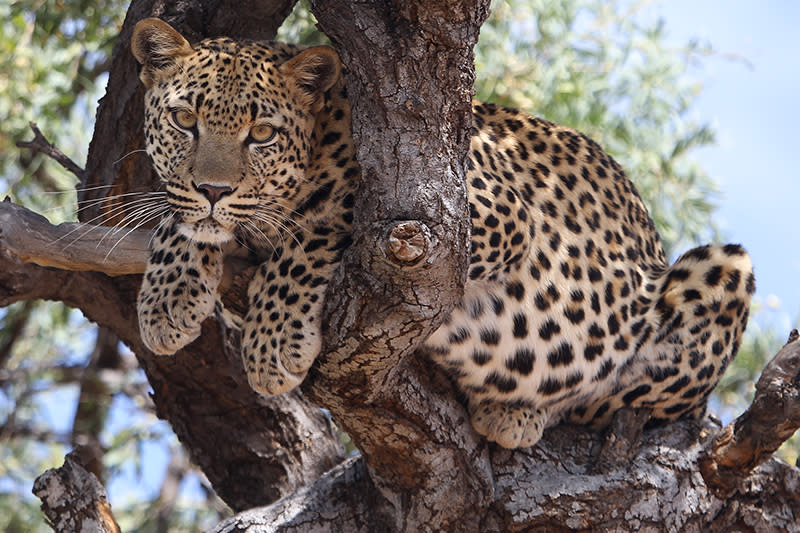
It’s memories like these that caused me to toss and turn while trying to sleep on my last night in Africa. I didn’t want to leave them behind. At a quarter to five, I began packing for my flight home. I stepped outside into the darkness to hear the lions roar, just outside the gate, under the night sky.
I took more photos of the lions in the early morning light before returning my truck. The young Namibian man from the vehicle rental place who gave me a lift to the airport asked questions about my trip. Smiling, he asked, “Are you coming back?”
“Yes, I will be back,” I told him. “I miss it when I’m not here.”
I was leaving a place that caused me so much pain and misery, but also so much happiness that I can’t put into words. I can only show you photos. People told me Africa would change me, and it did. I will be back soon: Africa is now in my blood.
With Michael Walsh
Special thanks to Jerry Adler, John Branch, Alan Edelstein, Charity Elder, Victoria Elliott, Kelli Grant and Sam Mathews. Thanks to the staff of Your Safari for arranging this special trip.
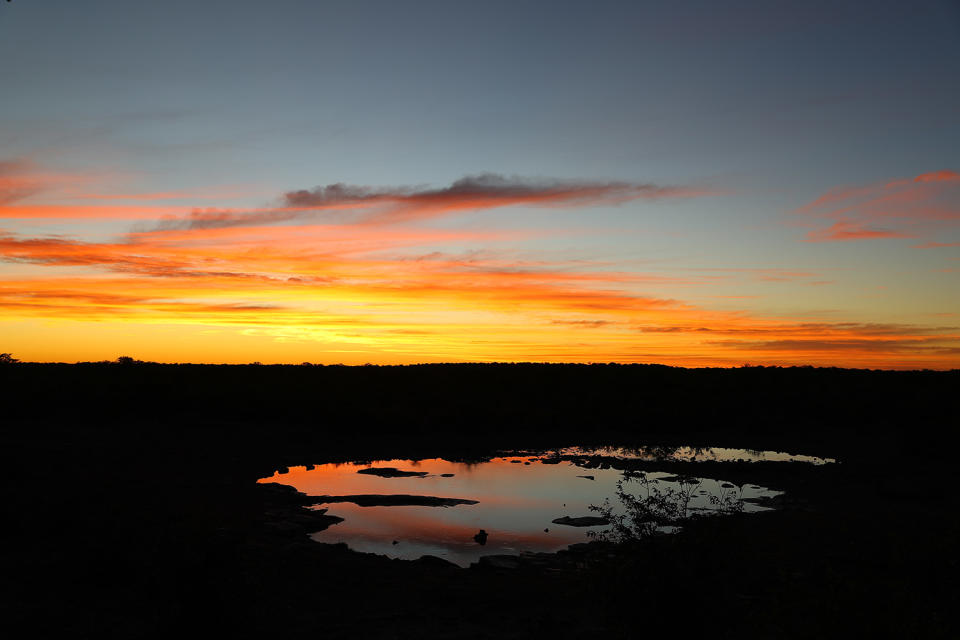
Read more from Yahoo News:




